Oris ProPilot X Calibre 115 – Incl. First-Look Pics and Technical Overview
Oris flies head first into the future with its new and bold ProPilot X Calibre 115.
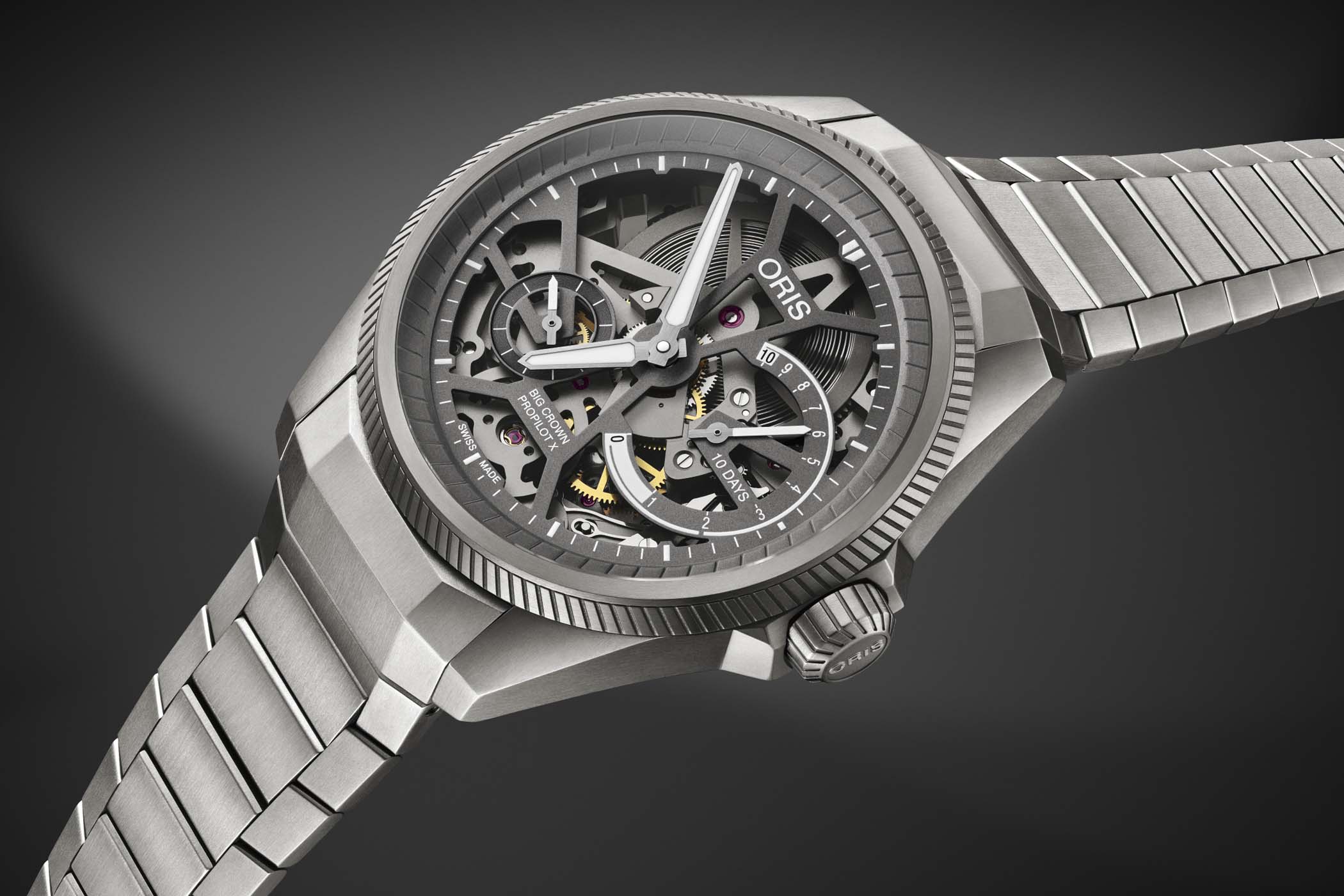
From a concept of « Real Watches for Real People », meaning no-nonsense, practical tool watches with not much horological depth but solid manufacturing, to a higher-end, highly mechanical piece that will define the brand’s future… Oris’ latest watch had a long way to travel. We went down that same road with its creators to see what this new ProPilot X Calibre 115 is all about.
It was only about a month ago that I wrote a piece on a EUR 7,000 watch with only hour and minute hands. One of the comments I got on the article was: “Why can’t this brand make a watch at an honest price when Oris can?”
Just to keep our thinking clear, I won’t mention that other brand (two brands cannot always be easily compared – prestige plays a role in pricing as well). But the gist of the comment was clear. And indeed, it made me realize something: apparently, Oris has become the benchmark for reasonably priced, well-designed and good-quality real watches. No one could have thought that about 15 years ago. Well, when I say no one, I mean no one, but one small watch company somewhere in Hölstein, Switzerland.
How watchmaking ambitions became reality
It was already in 2005 that Oris decided to give a go to a really big project: the development of its own movement. This would become a milestone in the history of that brand that had suffered so badly from the quartz crisis. Oris once had been a really big watch company, producing over 200 different calibres since its founding in 1904 until the company was sold in 1970 and sold again in 1982. After the company finally found its way up again, it also committed itself to mechanical watches and since 1992 Oris hasn’t used quartz movements anymore. But it kept a humble attitude. It sourced its movements from ETA and later Sellita and gradually started gaining market share again. But the ambition was always to become a real manufacture again, and so in 2005, it decided to give it a go.

“That was an important decision,” says Beat Fischli now. “I didn’t work at Oris yet by the time that first decision was made, but I came on board fairly soon after,” Fischli speaks fast, with the enthusiasm of a young man, although he’s well past 50. He is the Chief Operating Officer at Oris, and therefore responsible for the latest creation, the ProPilot X Calibre 115. When I ask Fischli what makes him most proud of this latest creation, he doesn’t hesitate for a second. “The way the entire watch turned out to be. I really think that is the greatest achievement. It’s completely different. New case, new model, new bracelet, new calibre – we really changed everything. How that came together really is an achievement.”
In a separate interview, Oris’s Senior Product Designer Lukas Bühlmann adds to that: “ultimately, the brief was to propel Oris Aviation watches into the next generation. We made pilot’s watches for American servicemen in the Second World War. But what does a contemporary, luxury Oris pilot’s watch look like?”
From Calibre 110 to Calibre 115
In 2014 Oris celebrated its 110 year anniversary, and it did so in style. That year, the company finally revealed the fruit of its big project: the Calibre 110. It was the first manufacture movement made in Hölstein in decades. The entire development process took about ten years and was done in collaboration with the technical specialists at L’École Téchnique Le Locle. The watch was made in two limited editions: one steel and one gold, both in 110 pieces. Both had a non-linear 10-day power reserve coming from one very big barrel, and the design was typically Oris: modern and functional, but elegant.
One of the main features of this movement is the non-linear power reserve indication. This means that the indicator moves quickly at first, and then more slowly as the power reduces, thus giving the wearer a better indication of how much power is left in the barrel. This patented system works with what Oris calls a ‘worm gear’. This small mechanical device controls the speed at which the power reserve indicator moves around the sub-dial at 3 o’clock.
Diving back in time, it’s great to see where Oris came from at the time. On the Calibre 110, we wrote in 2014: “Oris is not a brand that we cover extensively. However on MONOCHROME, we mainly cover Haute Horlogerie, so we’ve been a bit reticent to write about most of their timepieces. With a value (and quality) proposition like these two Limited Editions however, we just had to share this with you.” That turned out to be the start of a real love affair.
Since that achievement, Oris has come up with a different calibre every year. All used the same base movement, but every time different complications were added: Calibre 111 with date; Calibre 112 with GMT; Calibre 113 with Calendar; and Calibre 114 with a 24-hour indication. And now Calibre 115? I’ll come to that in a minute.
Every year, more people saw what Oris was achieving. Fischli says: “With each new calibre, we learned new things, and each time people started to understand more about Oris as a watchmaker. We have the freedom to create watches our customers want and what we like because we’re independent.”
Proving that the last statement is true is the fact that all these complications are integrated into the movements; they’re not modules. And indeed, if you look carefully at both sides of the barrel, you’ll see there’s quite a lot of space there, and that enabled the watchmakers in Hölstein to integrate all those extra functions. What’s next, I asked. A chronograph? Fischli answered: “Look at the space we’ve got. If it fits, we can make it. We just don’t alter the character of the movement.”
The technical limitations of the Calibre 11X-base
What struck me about this development are two things: first of all, the apparent versatility of that base movement, and secondly, why was there only a date added after that first year? That doesn’t look like a huge development step, I said. “True,” Mr Fischli answered. “But at that point, we made a different step that was much less visible. The Calibre 110 was a real first; it was a bit of a gamble for us. We didn’t know how the reactions would be. Only after it became a success, we decided that we would continue this entire project. And that meant we had to scale up our production line. We had to change the way we were sourcing parts, we had to change the way we’re producing the movement. We actually changed 80-90% of all suppliers and partners. It really asked for a different approach.”
What stayed the same was the concept of the movement. That means a big barrel, a non-linear power reserve indication and hand-winding. The movement itself measures 34 millimetres and the barrel takes up around one-third of the entire movement space. One other problem the engineers had to solve was how to evenly deliver the power throughout those 240 hours of reserve. And indeed, when we tested the Calibre 110 back in 2015, it didn’t have the most stable chronometric rates. Fischli told me that problem was mainly tackled after the first year by using an even longer hairspring that actually holds enough energy for more than ten days, but that guarantees a more stable amplitude throughout that set time. So when the torque drops below a certain value, the power is cut off, although there is some power left in the barrel. Another thing is that Oris regulated the movement to average. A simple yet effective (enough) solution that shows Oris’s hands-on mentality.
So with that problem solved, the engineers in Hölstein decided to move on with their basic concept. After the date function on the Calibre 111, they introduced the Calibre 112 with GMT function in 2016. At that point, Fischli said, they were really confident about what they had built. “It was so amazing,” he said. “It works, works, works, works! This base movement just works. Every complication we added, we integrated into the movement. We didn’t want to just add a module, we really wanted to make integrated movements. And every time it worked.”
Of course, the calibre has its limitations. When asked if he could make a tourbillon out of it, he shrugs. “Yeah, I guess… but really, that would not make sense. Same goes, for example, with an automatic version of the movement. Some people ask for it, but I just don’t think we should alter the concept like that. It’s much more interesting to see what kind of functionalities we could integrate into the movement. That fits the Oris philosophy much better. We don’t aim to make 50 very special and very expensive pieces. Our intention is to make really good watches for a fair price.”
The new Oris ProPilot X Calibre 115
Does he feel a lot of pressure to come up with something amazing every year? “Well, yes, of course, there is pressure internally,” Fischli answers. “But I must say, the success of the Calibre 110 and Calibre 111, and the fact that the concept works so well, really made things easier for us.”
There was one unexpected downside to this movement as well. Fischli had quite a lot of explaining to do. He doesn’t want to complain about it, but he actually is complaining a little bit. Fischli was constantly explaining the workings of that very big barrel and at a certain moment in time, around two years ago, he told one of his best watchmakers: “I’m tired of all this explaining of the movement.” The two looked at each other and Fischli gave his protegee some homework. “Could you see if you can make an openworked version of this movement? If people can actually see what’s inside, I’ll have a lot less explaining to do.”
The young watchmaker started working and some months later he came back with a concept version of that new piece. Fischli admits he was, “quite impressed. It wasn’t perfect, but it was actually quite a good starting point”. They put the movement in an Artelier-case and they started showing the watch to colleagues. The feedback was underwhelming. “Nobody really liked it.”
Still, that concept became the new Oris ProPilot X Calibre 115. And what a creation that has become. If you look at the watch carefully, you will understand why Fischli was so proud about the entire watch. The concept, movement, case, strap and design are all evidence that Oris is, in fact, a benchmark for reasonably priced, well-designed and good quality real watches.
Prices
First: the price. Obviously, this top-of-the-Oris-range-watch is not going to be cheap. It is, in fact, quite expensive for an Oris. But considering its techniques, it’s definitely not overpriced either: EUR 6,900 with titanium bracelet (EUR 6,500 on leather). We are, after all, talking about a complex manufacture movement here, a titanium case and an overall completely newly developed watch. When asked how Oris achieves this interesting price point, Fischli mentions it’s not a coincidence: “That has to do with the general approach of all our business. We always do calculations in advance to make sure we minimize the costs. Of course, for this watch, we could use more resources, but it always has to stay within the boundaries of the Oris price positioning.”
Still, the watch doesn’t feel cheap at all. Oris’s Senior Design Engineer Bühlmann describes that quest in his own words: “One of the hardest things was figuring out how to maintain the balance between the formal language of the case and the movement. In other words, how do you design a modern watch that is not a fashion watch? We wanted to create something contemporary that would retain its relevance.”
Design and movement integrated
The design of the new ProPilot X Calibre 115 is quite a big step forward from what we are used to seeing from the brand from Hölstein. All the previous Calibre 110 to 114 watches had quite a classic appearance, but the Calibre 115 is defiantly modern. This is partly because of the use of the ProPilot case, which was also used for the Calibre 111. But that choice didn’t come easily: “When we first came up with the openworked model, we tried putting it in an Artelier-case, but that didn’t work at all. It became rapidly clear to us we had to do something completely different.” The design department was put to work, and came up with clever solutions. “They did an amazing job,” Fischli says. “Some of the ideas they came up with were quite aggressive, very modern. We kept on proposing new ideas and sketches until we finally found the perfect shapes that could actually be made. That is why we’re all so proud of this creation.”
This watch is definitely something that Oris has never done before. To make a skeleton movement always comes with a couple of technical challenges, most importantly balance and reliability. The core structure must always stay as solid as possible, Fischli says. “When you start taking out material you have to ask whether the construction is stable. It might look nice, but will it actually work? So the most important aspect to ensure the quality of this movement, was to make it as solid as we possibly could. If you look carefully at the dial, you’ll see that the skeletonized structure we used to link all components is quite tough. That’s not only a design statement, but that’s also very functional as well.” Same goes for the movement.
When talking about the Cal. 110-115 range, Fischli becomes genuinely excited. “The core structure of this movement really gave us faith to experiment with it, because we know it’s good. It works, and no matter what we add to it, it keeps on working. Also when we took things away, it kept on working. That’s what is so good about this base movement. It just works.”
On the wrist
Every single piece of this watch is thought about very consciously, and its concept is clear as the sky over the Swiss mountains. The first thing that you see is how big and modern the watch is. It has a 44mm case with sharp, faceted edges and the matte titanium really gives the watch a lot of presence on the wrist. The second thing you realize is how light the watch is compared to what it looks like. The titanium definitely does its work very well; it keeps the watch very wearable on the wrist. Thanks to the integrated lugs in the case, the watch sits well on the wrist. Even while my wrists are definitely not big, the watch still fits quite well. The overall sizes of the watch might be big, but they are very well proportioned, meaning that it just looks very, very good.
The dial is skeletonized in the most modern way possible. It’s all matte grey with some white details and barely shows the hour indications, small seconds and power reserve indication. One aspect that really strikes me is the depth of the movement – you can actually see several different layers that are built on top of each other. It is a 3D design done very well. The crystal is slightly domed, anti-reflective and with no distortion whatsoever.
Overall, the design is very modern and technical, but at the same time, it stays true to Oris’s unostentatious and no-frills design approach. This brand knows what it’s doing, and it’s doing it very well.
But the really amazing part of this watch is revealed when you turn it around. Through the huge, panorama-like caseback you can see the beautifully openworked movement and at least ten wheels, a couple of bridges, screws and jewels, and of course, that very big barrel with the mainspring slowly unwinding. The movement is sharp and modernly designed – very architectural indeed. This is actually confirmed by Design Engineer Bühlman, who says his main inspirations came from “aviation and architecture”.
Personally, I really like the very modern approach to the decoration of the movement as well: it’s all matte grey except for some bright brass parts and a few shiny screws and red jewels. The movement also fits perfectly in the large case, leaving not much space on either side, something I like very much.
Overall, the watch is very well worked out in an honest, pure and luxurious way, from the modernist concept all the way to the smallest matte bridges. You can, of course, question whether this is still a pilot’s watch, and probably even answer that question with a “no”. But I tend to step over that argument as, honestly, no single pilot’s watch is ever used for serious aviation anymore.
Verdict – the real deal
During his career, Beat Fischli has made a lot of things. He got his engineering degree at ETH, the famous technical school in Zürich and his career led him through different industries. He worked for Swatch Group, where he “produced quite a lot of different components”. But he worked in other fields as well. He made weaving machines, packaging, produced paper and even X-ray tubes. “Paper, or X-ray tubes, yes, they are interesting products”, he says. “But they’re not as lovable… you just can’t love them as much as you can love watches. This product integrates so many different aspects. The mechanical engineering, the reliability, the story of the brand, the design, no other product ever brings that together as watches do. That’s why I went back into the watch industry. I just couldn’t let go. I want to create these watches.” Real watches, I’d say. Made by real people.
More details at oris.ch.

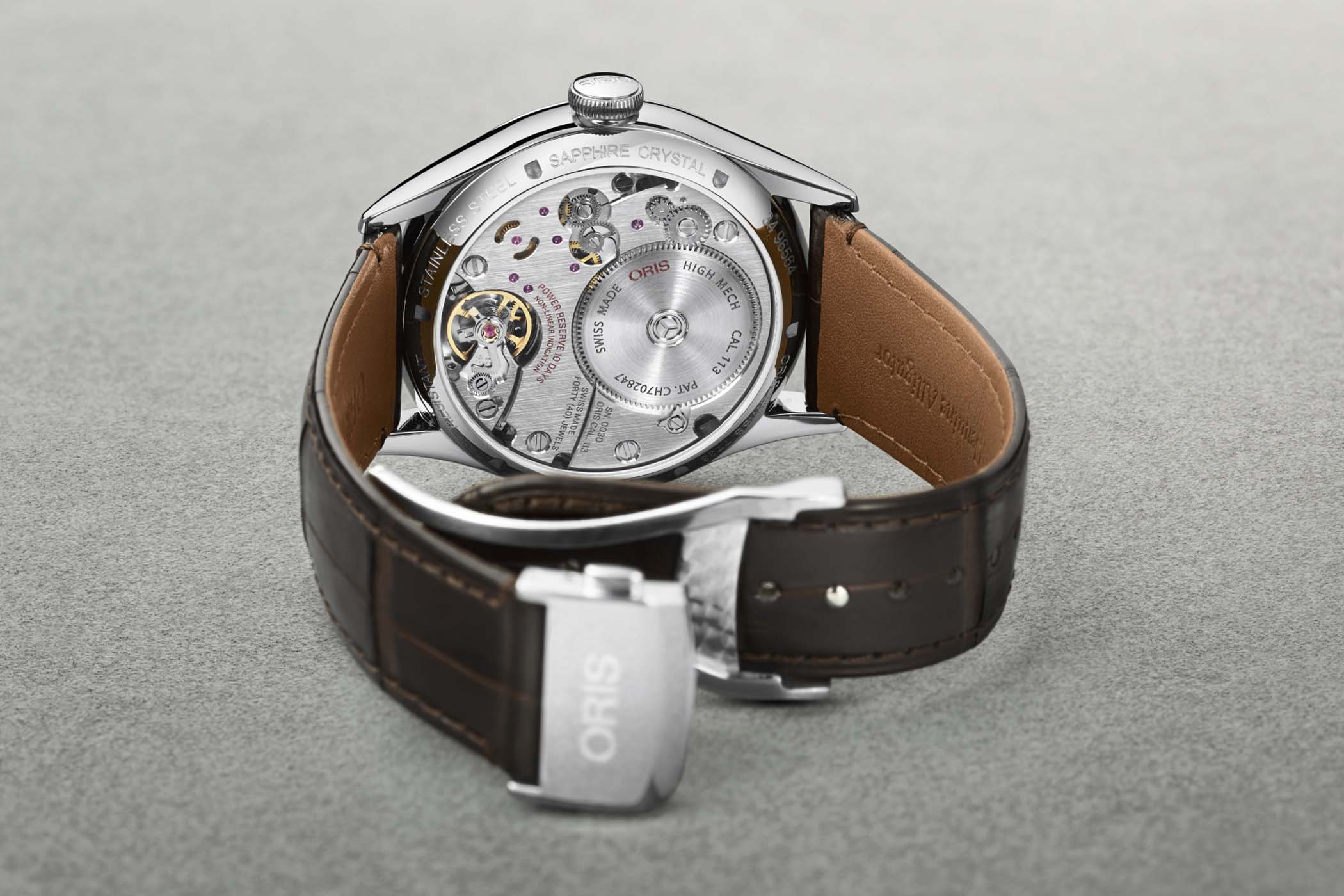
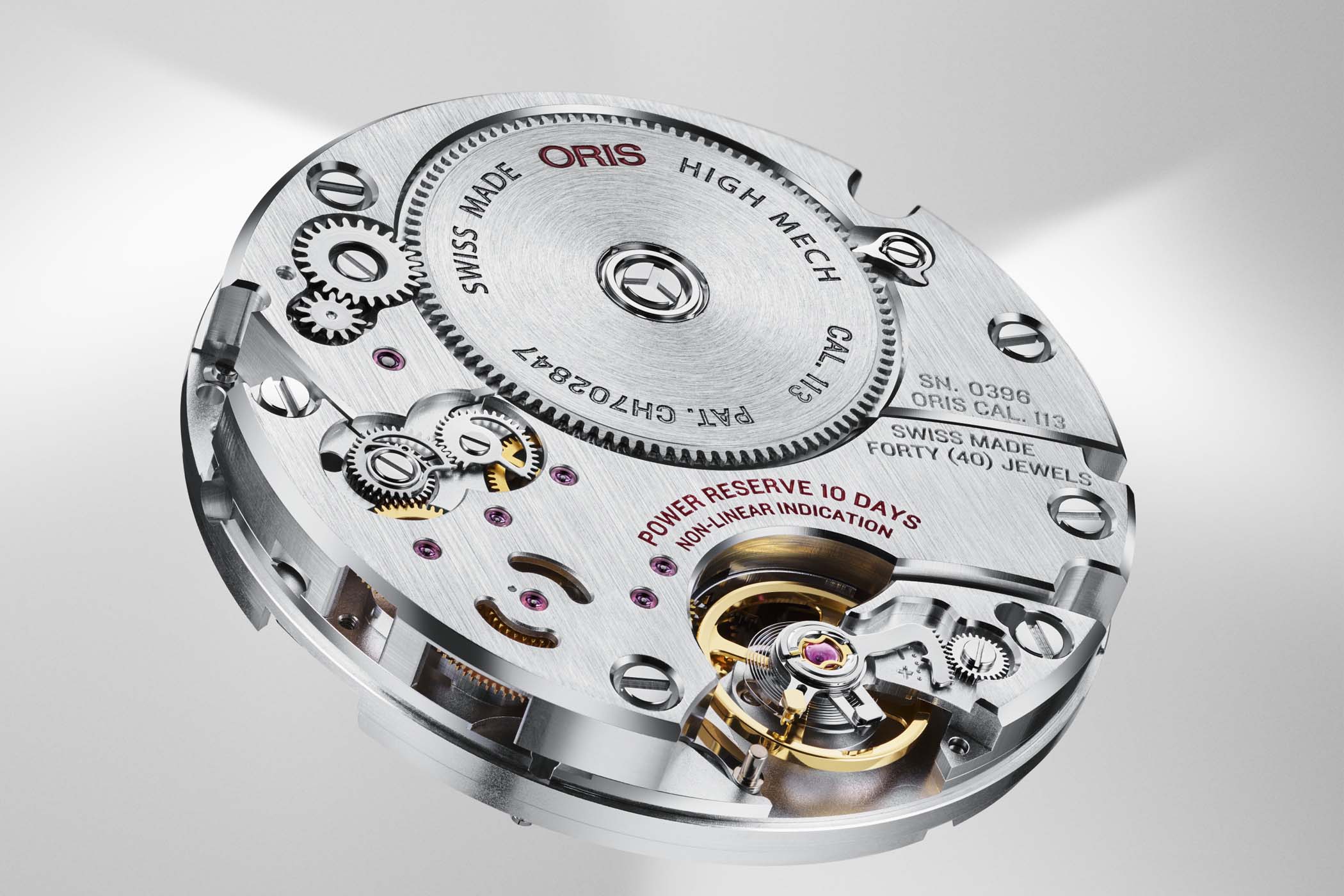
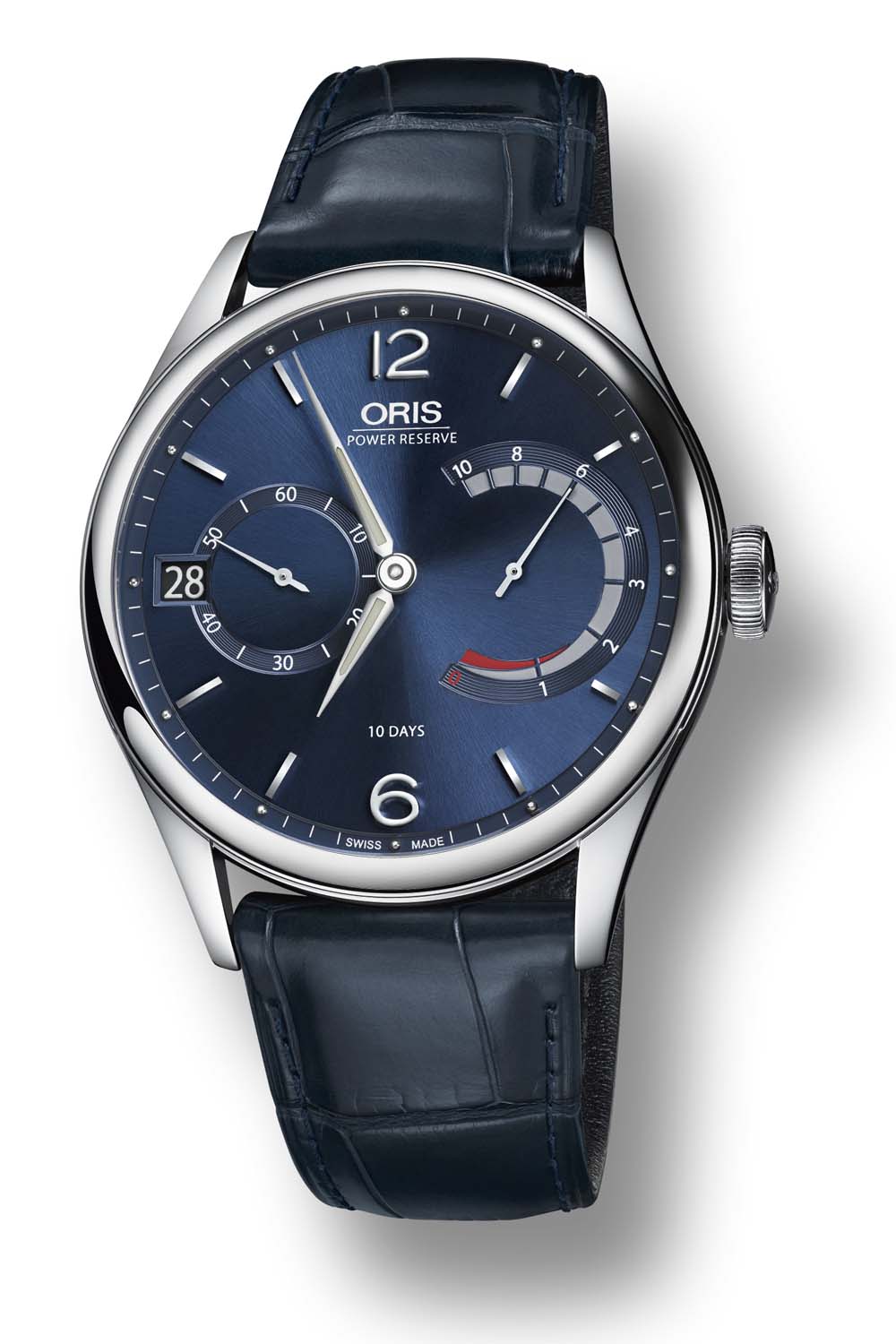
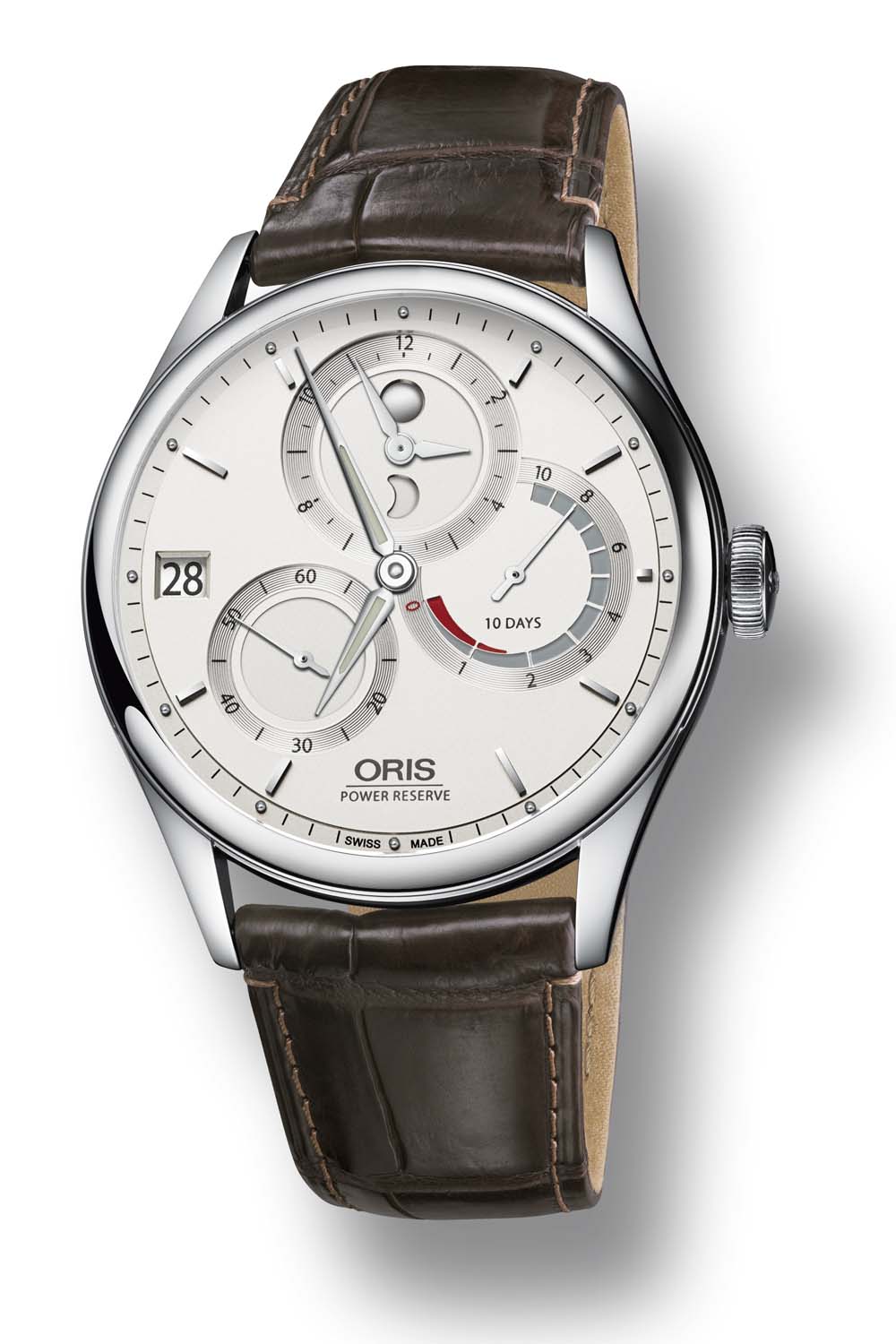
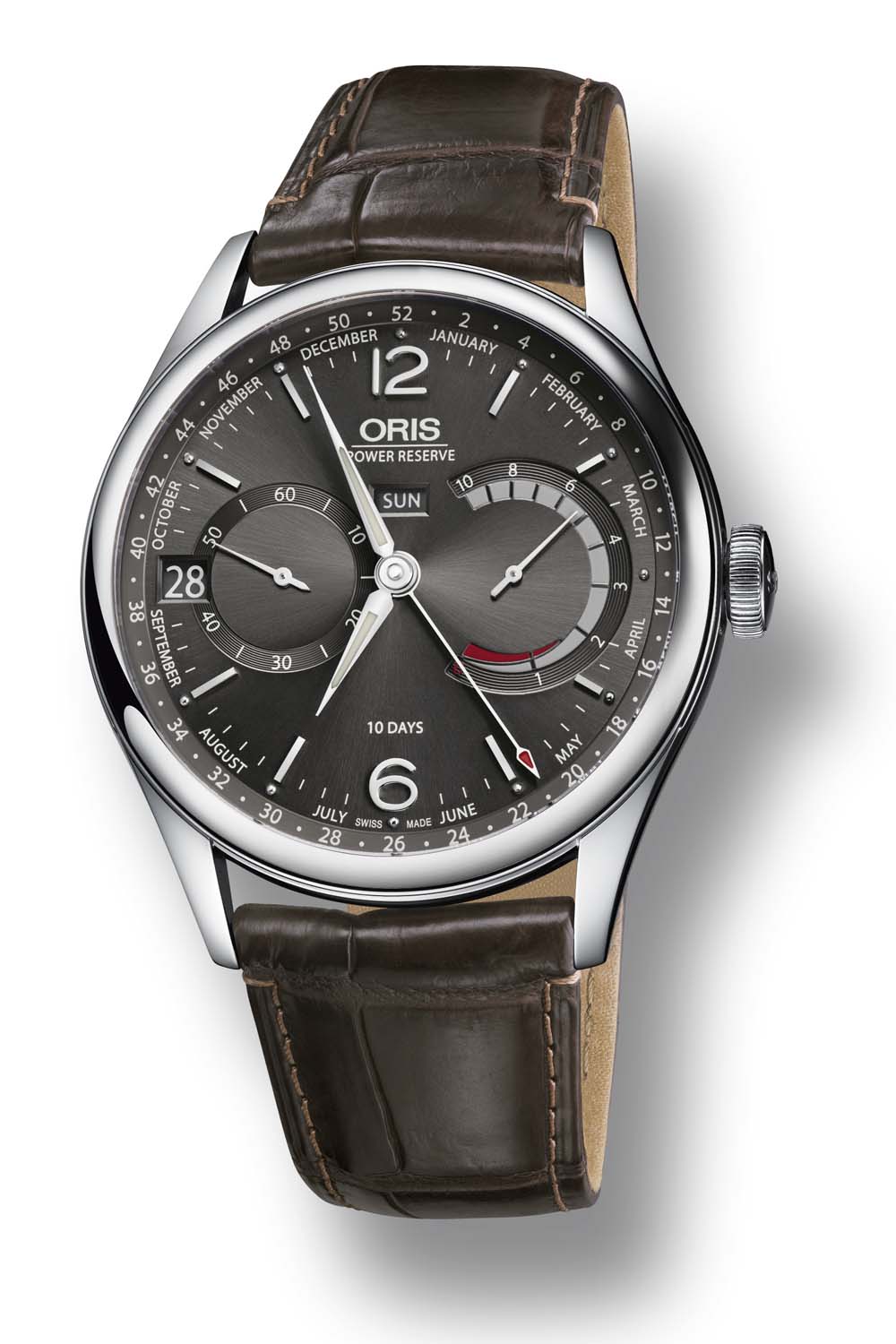
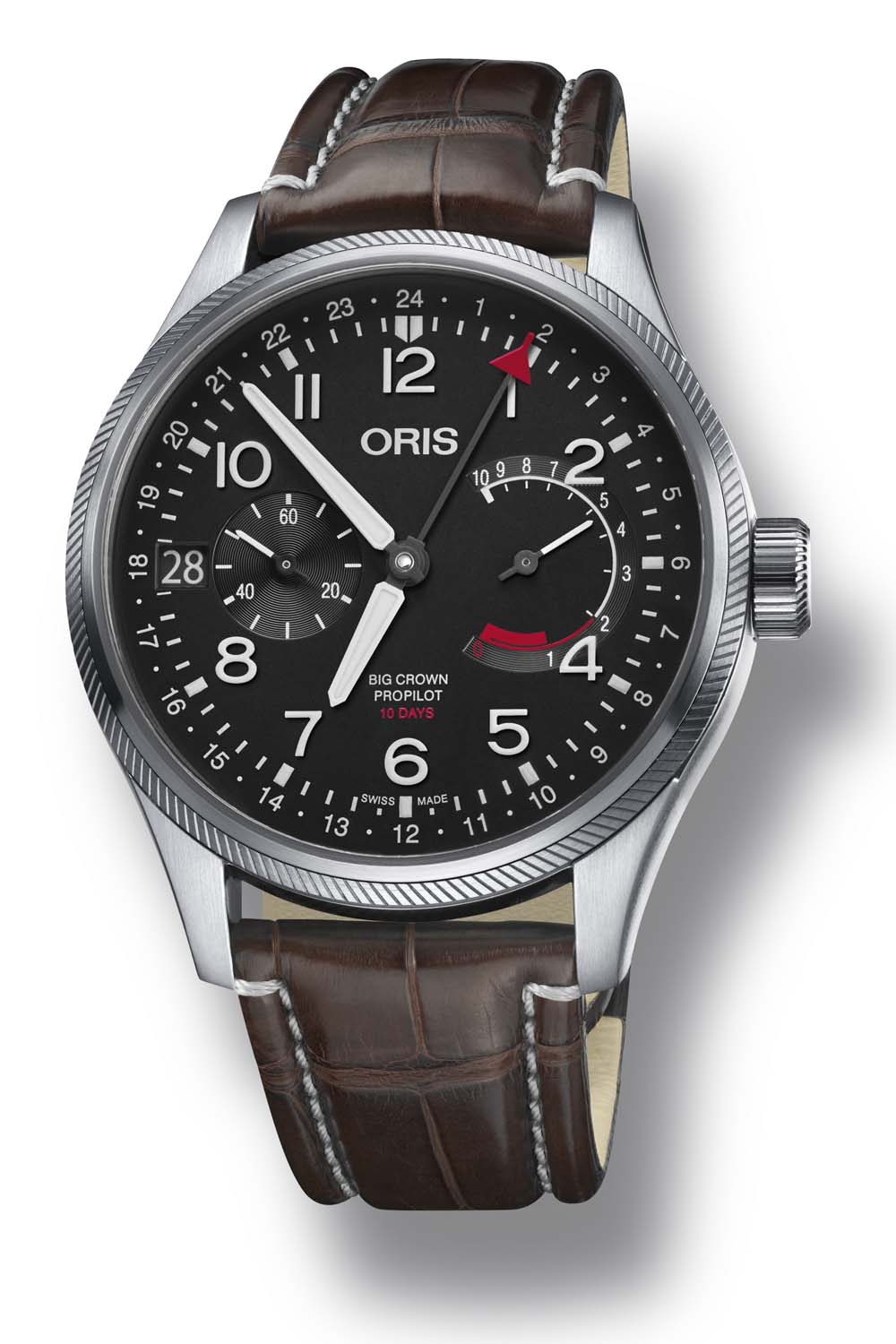
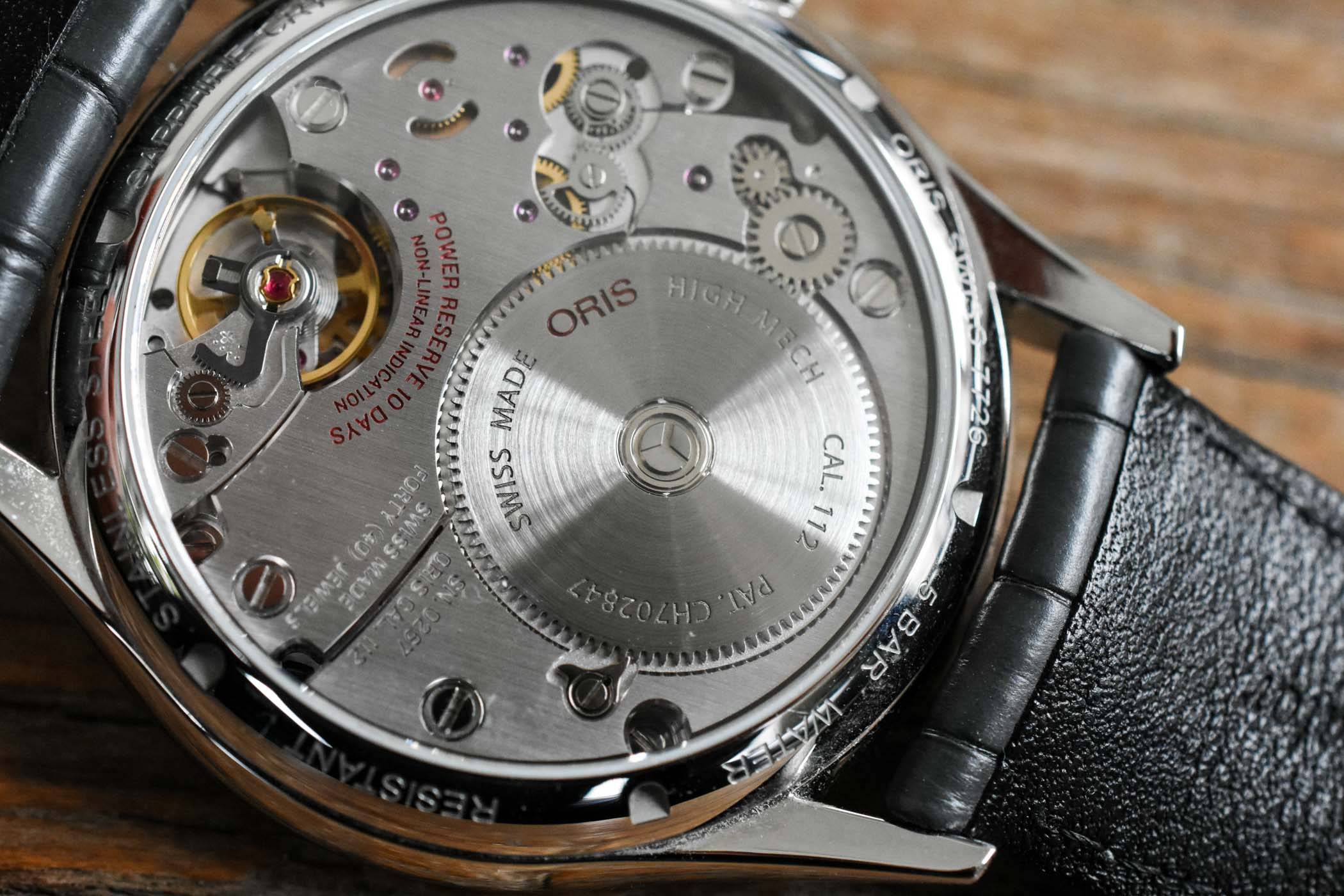
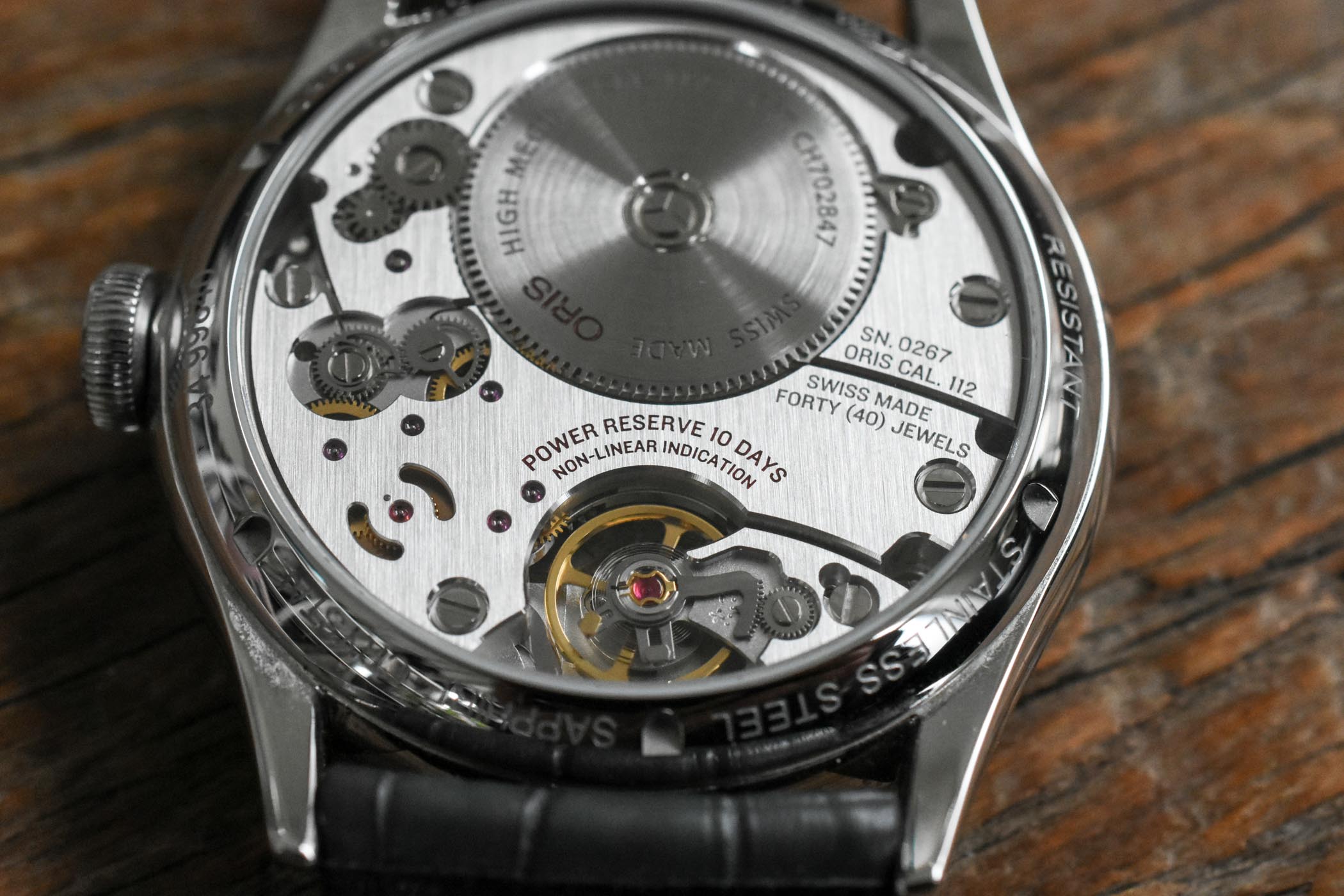
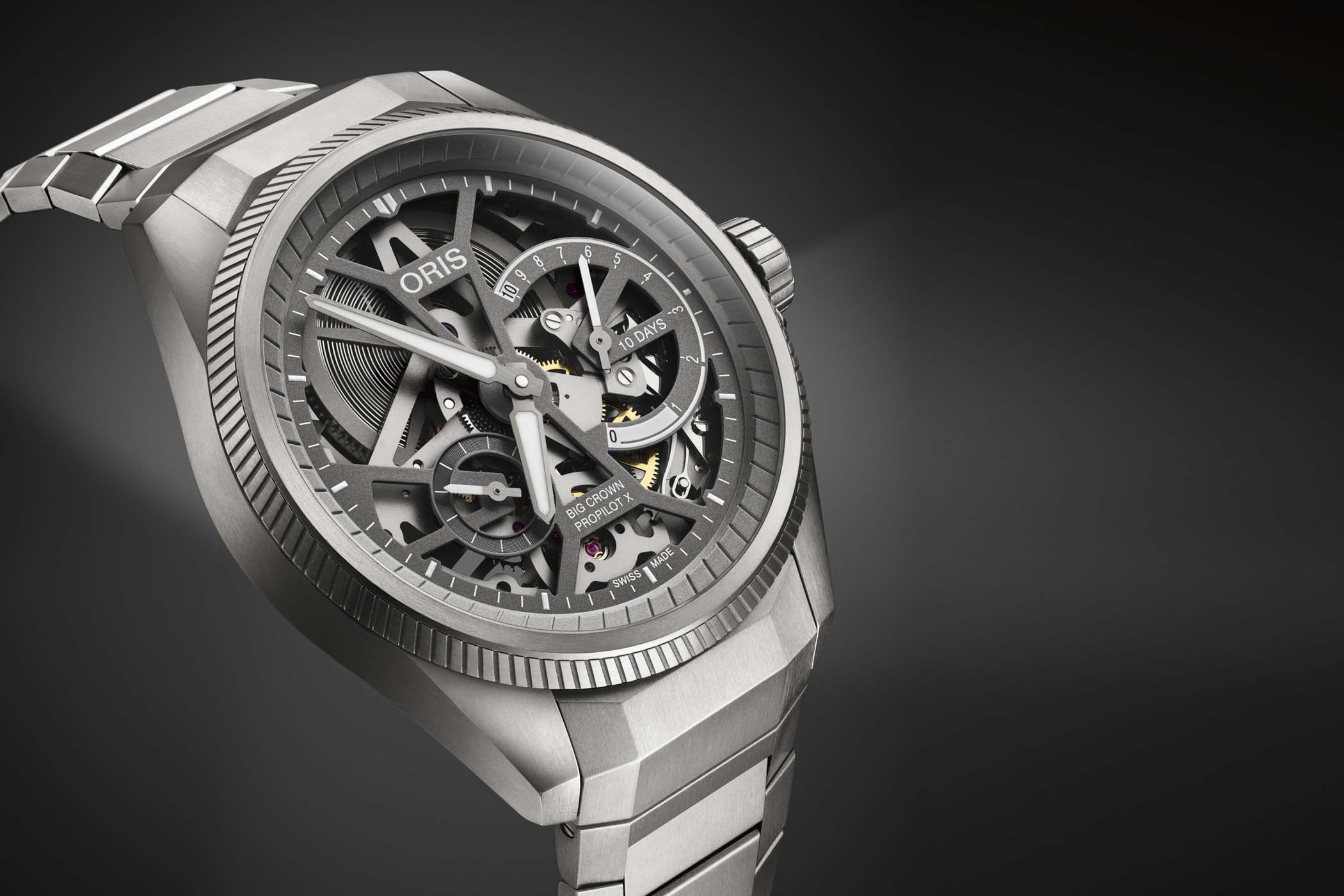

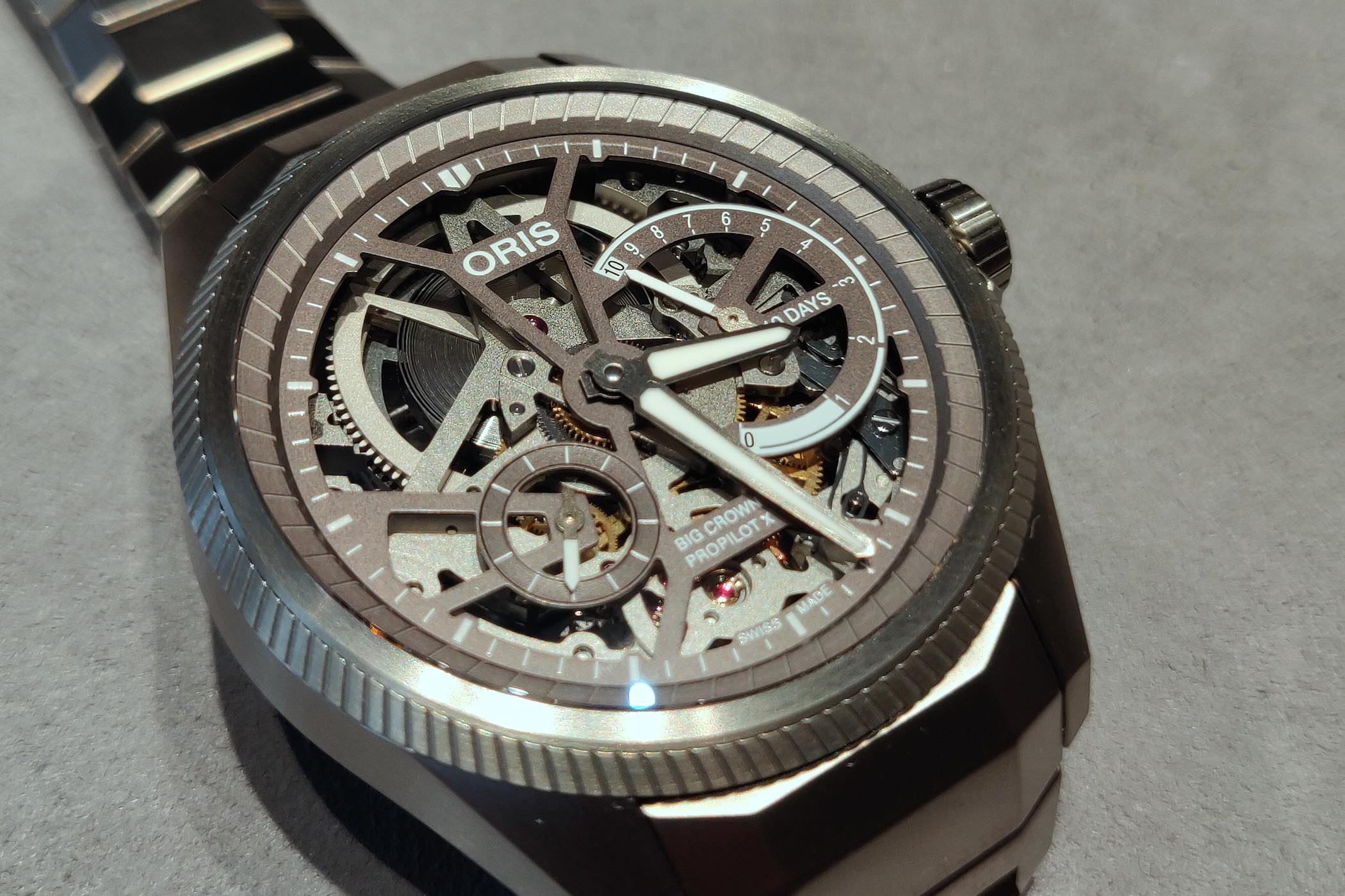
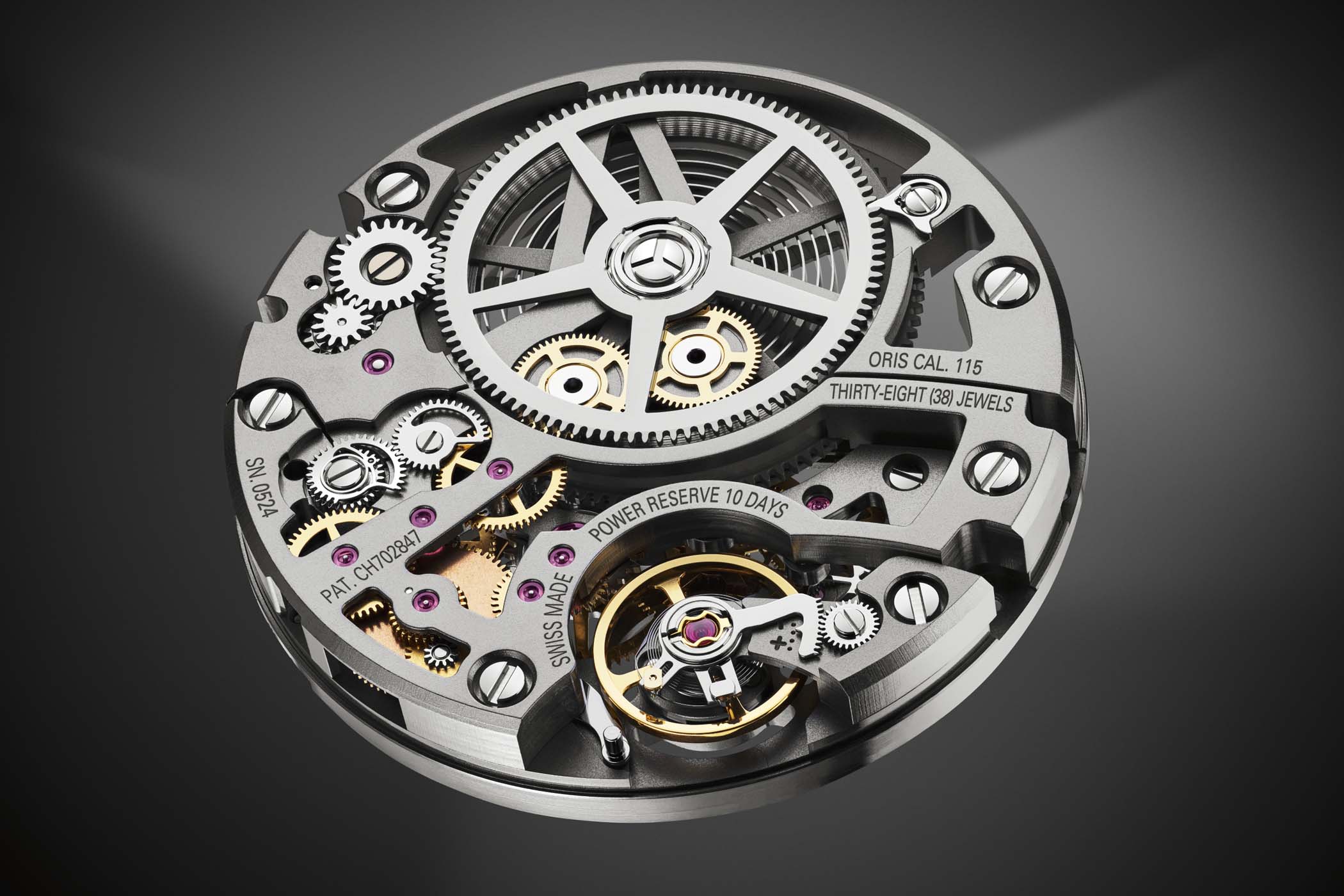
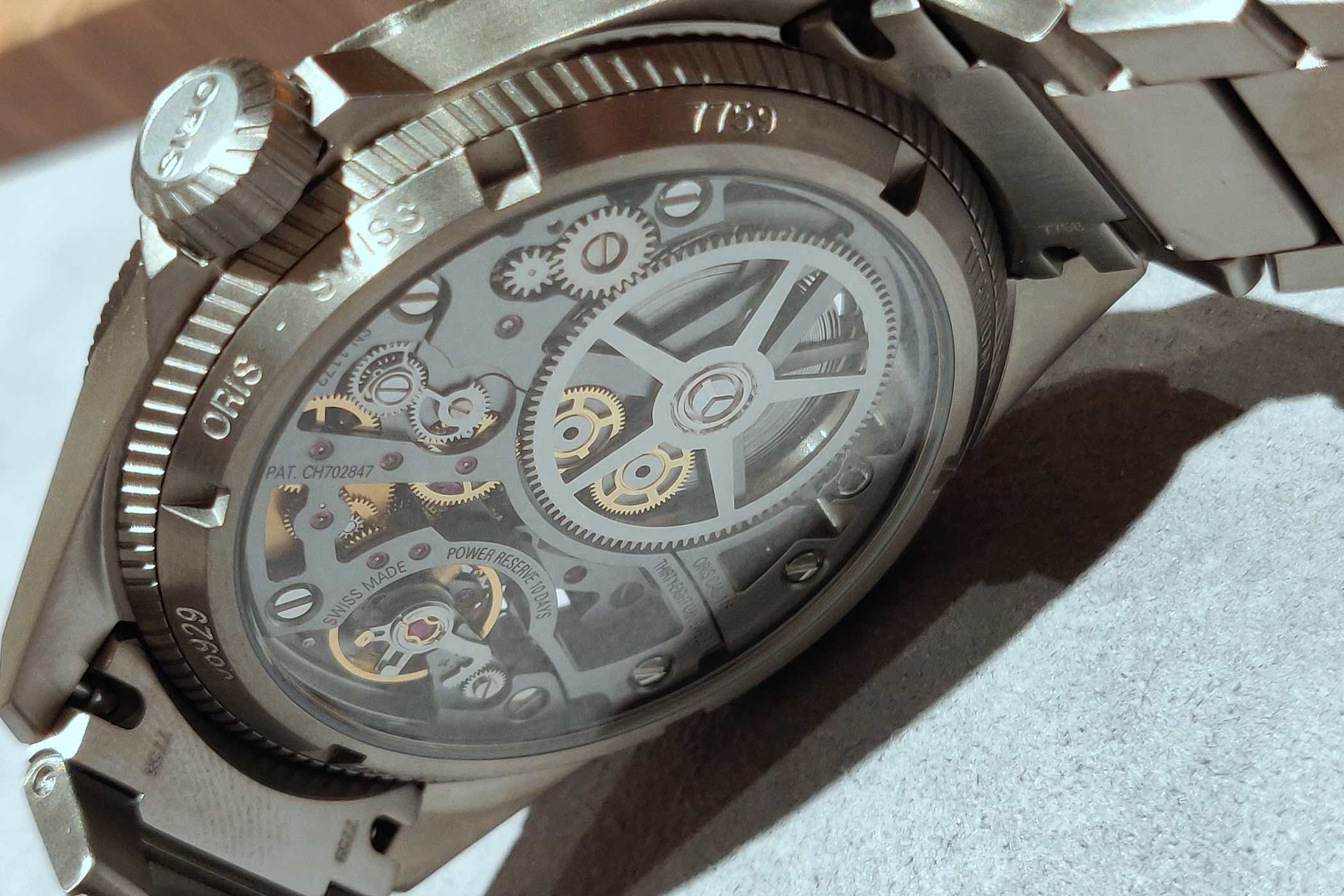
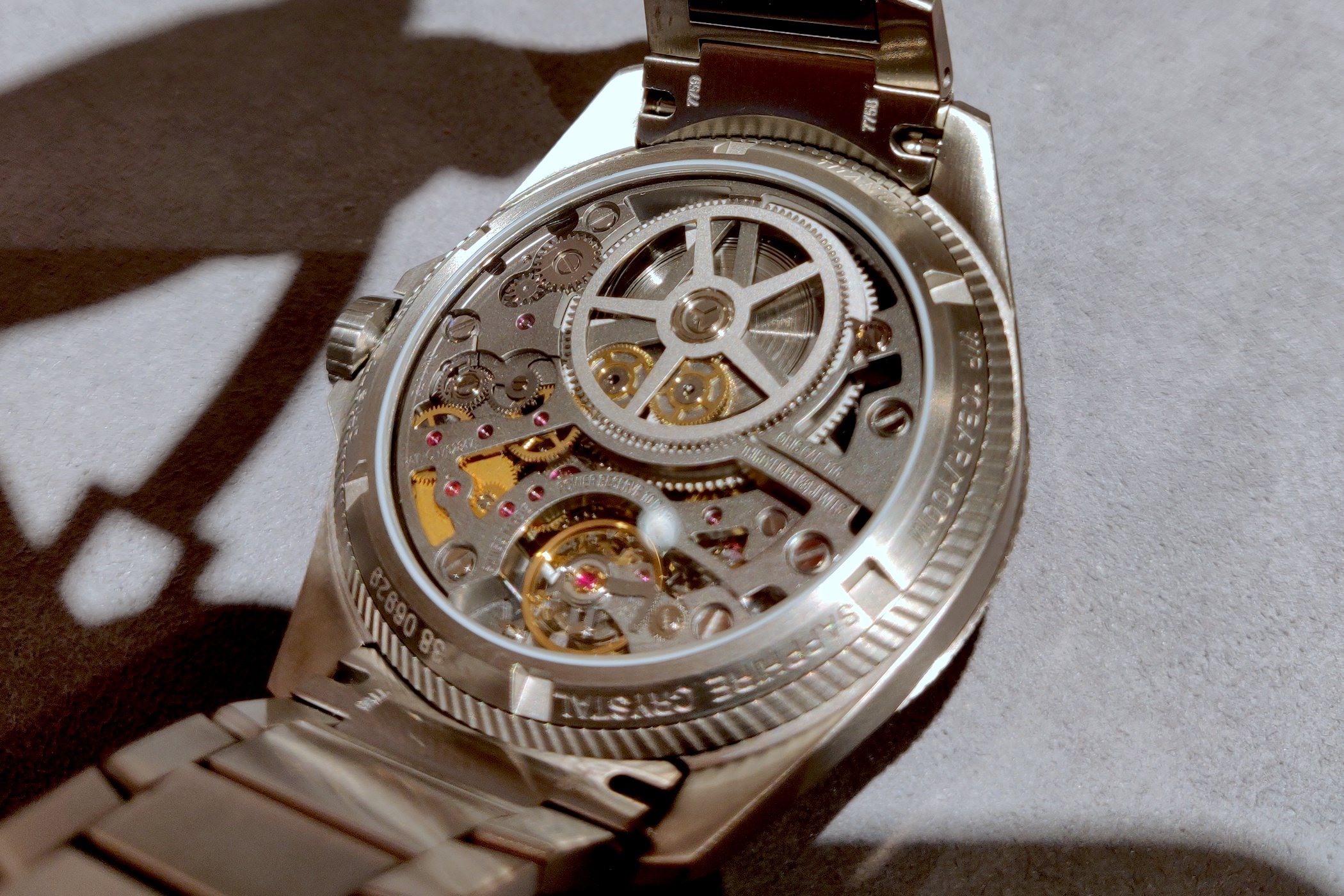
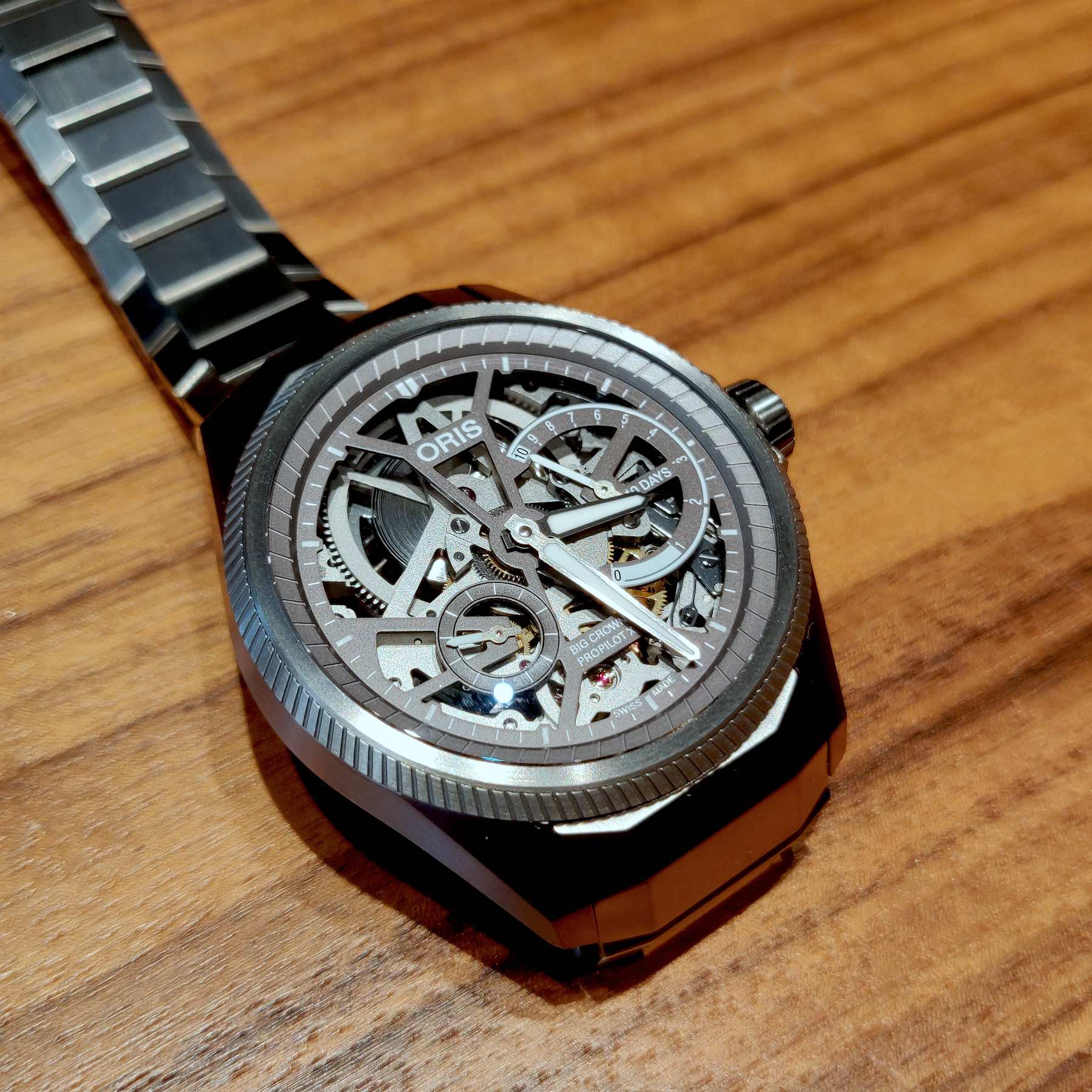
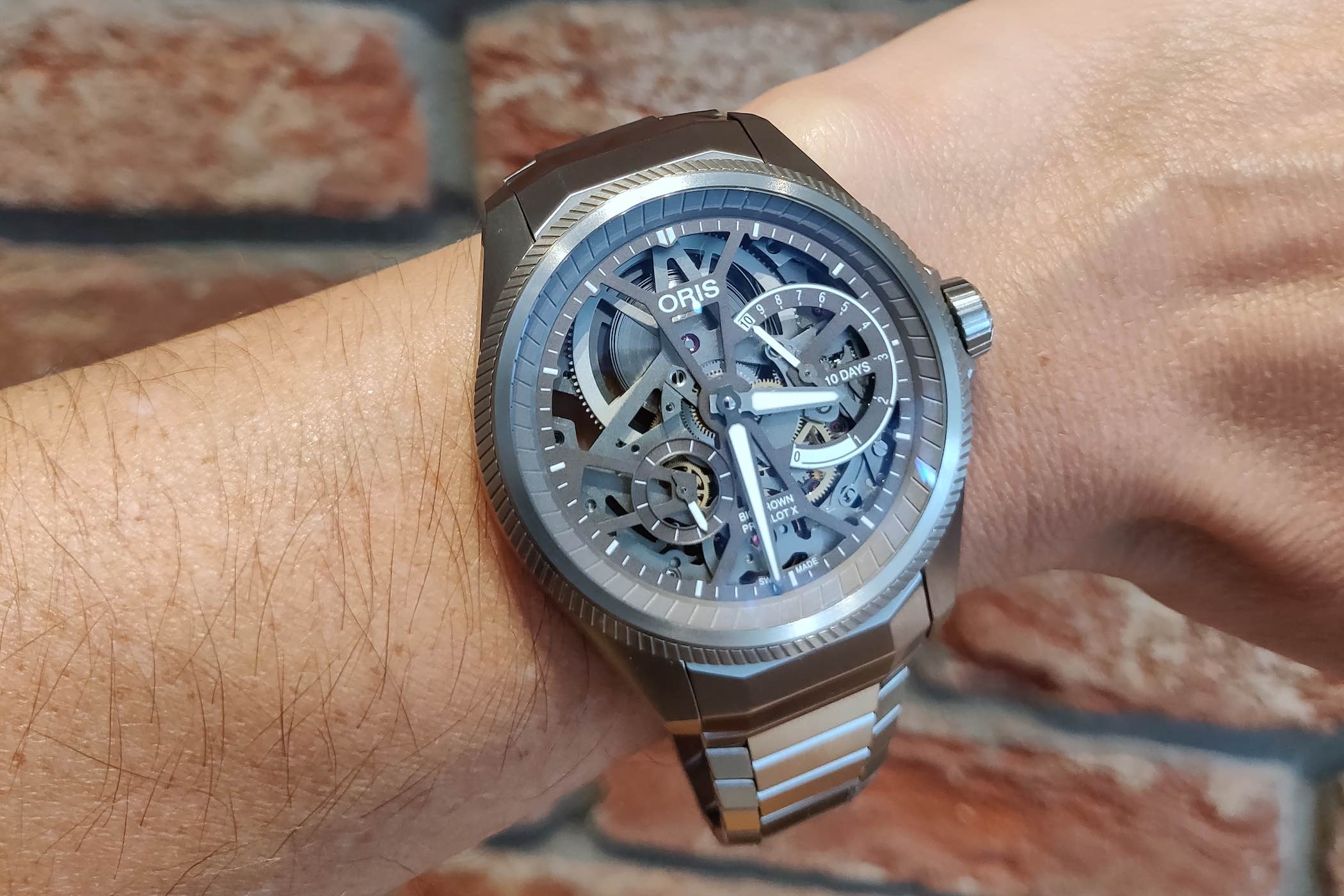
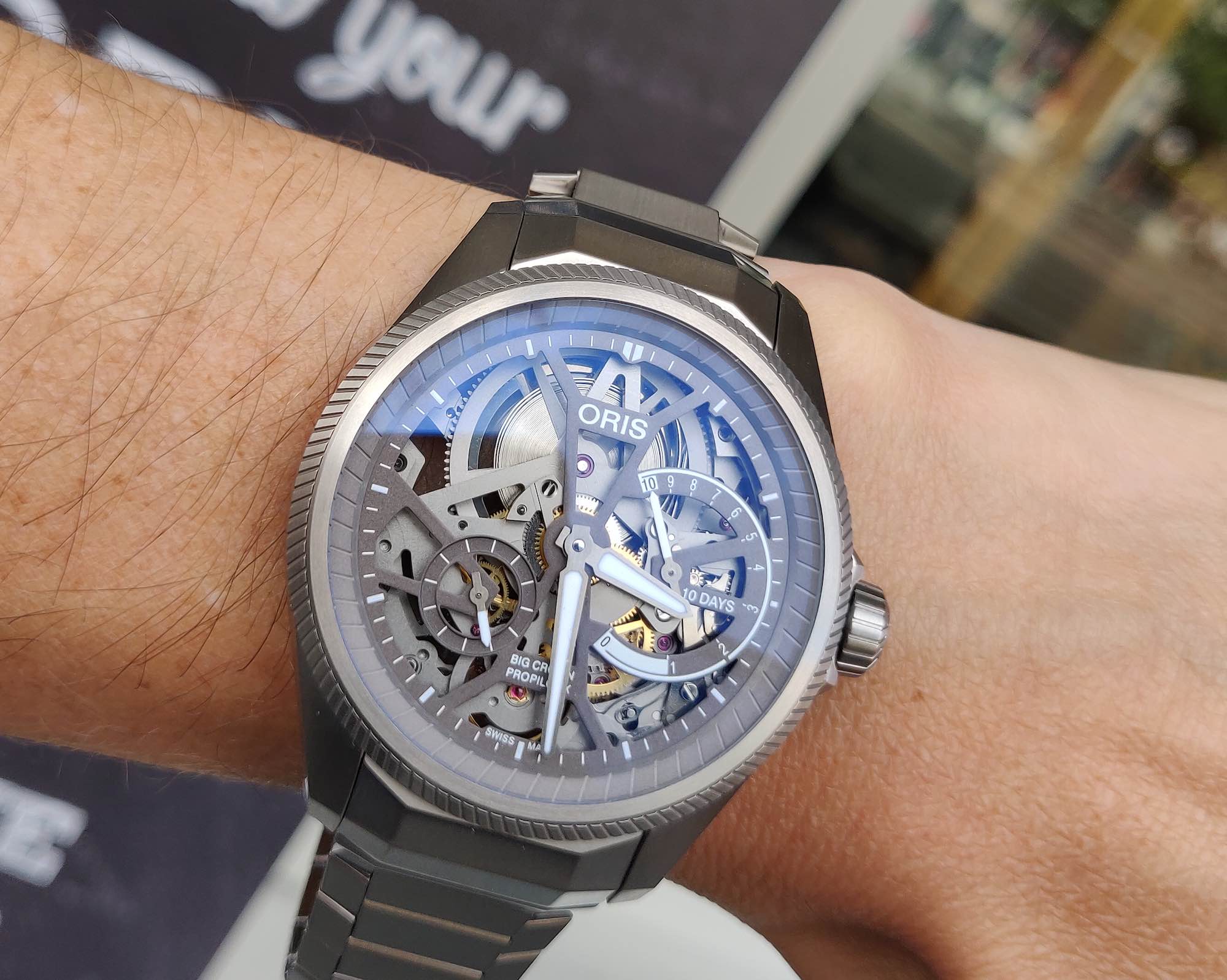
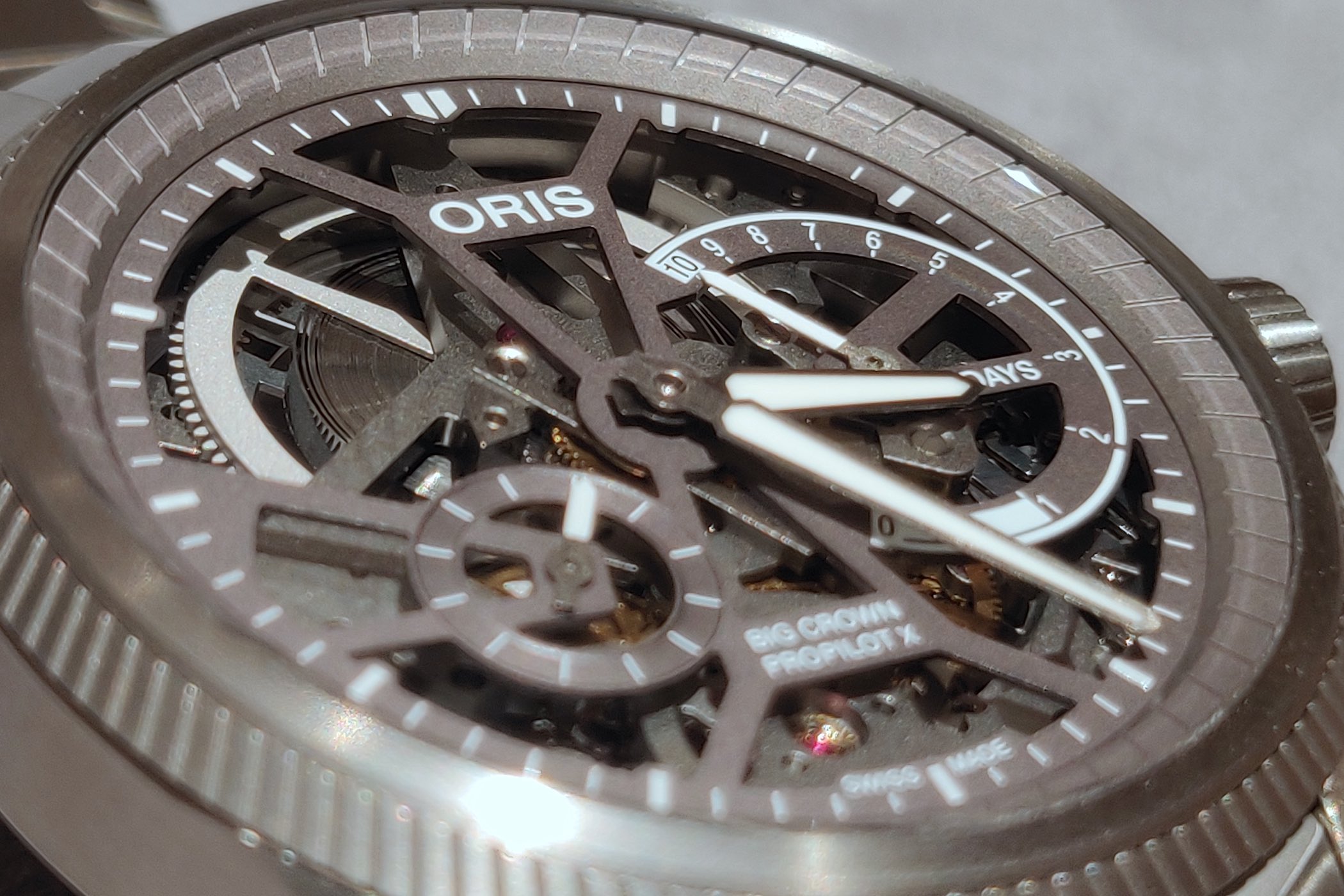
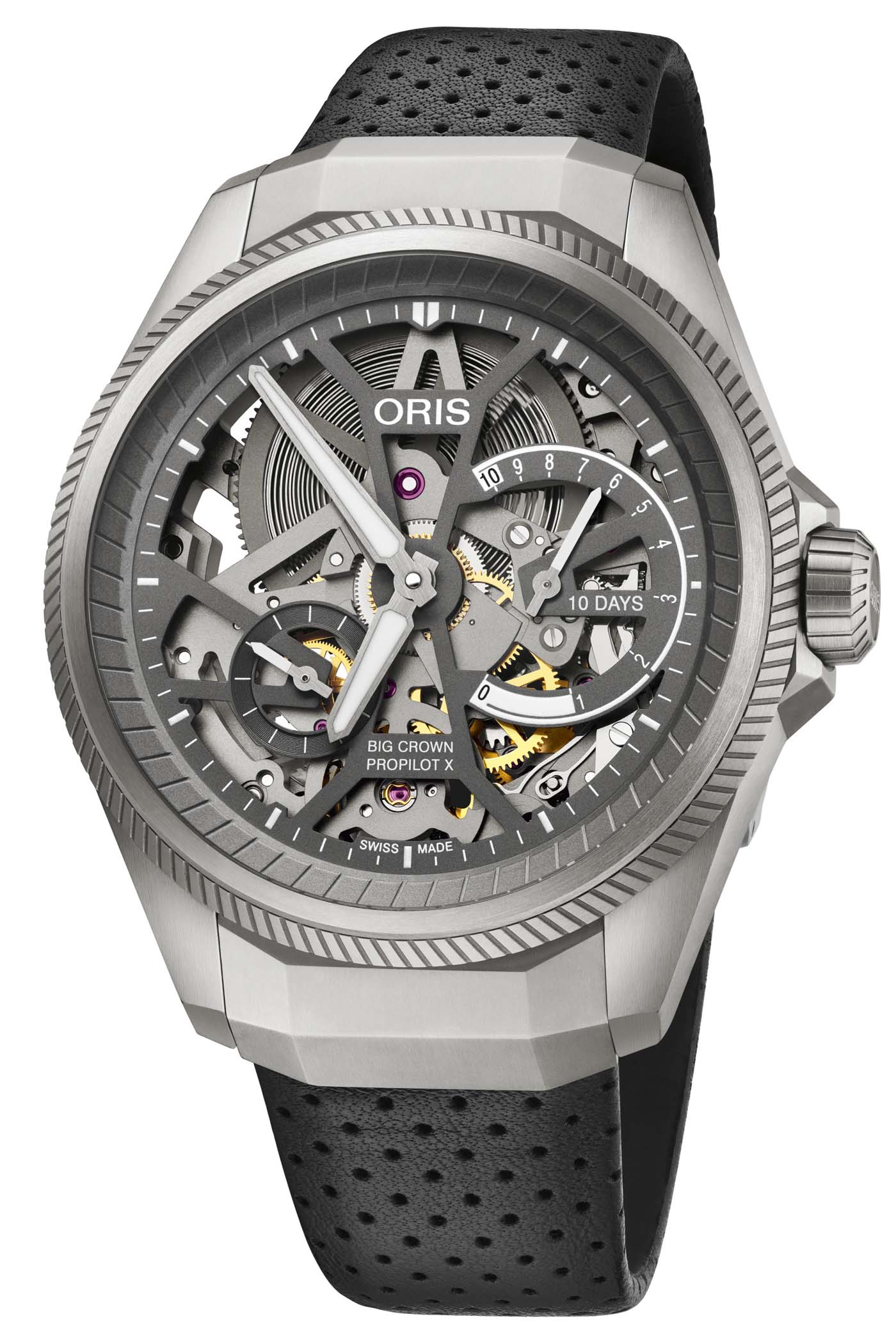



6 responses
In-bloody-credible power reserve, attractive bezel and bracelet.
44mm. Smh.
a wonderful masterpiece…really like it
I’m interested in their cal. 11X for a long time, however it’s a pity they make it bigger and bigger. I do believe theoretically it can be put into a 41mm or even 40mm case.
I’d need to see this in the metal to form an opinion. I am confident that it is worth the price and I am glad to have learned more about their movement. I really fancied a Pro Pilot but the size gave me pause at the time, given how large Oris watches tend to wear. I hope this piece does well and the company manages to cast-off their reputation in the watch industry as only “for those on a budget.”
Tool watches do not need to be fancy. In fact, it is better if they are not. The best way to determine whether something is a tool watch is to ask “Would this watch look ruined if it were bashed-up, even if legibility and functionality had not been compromised?”
If the answer “yes”, it is not a tool watch.
THIS is not a tool watch. But I support the decision to make a showcase of their talents.
Technically interesting, good to see the 10 day reserve. Hope it does well for them . Stylistically reminiscent of the worst of Richard Mille and Hublot.
Tries too hard. Too big. Because of its size and visual complexity coupled with less than immediate legibility I pass on this. Love oris and the company ethos though.